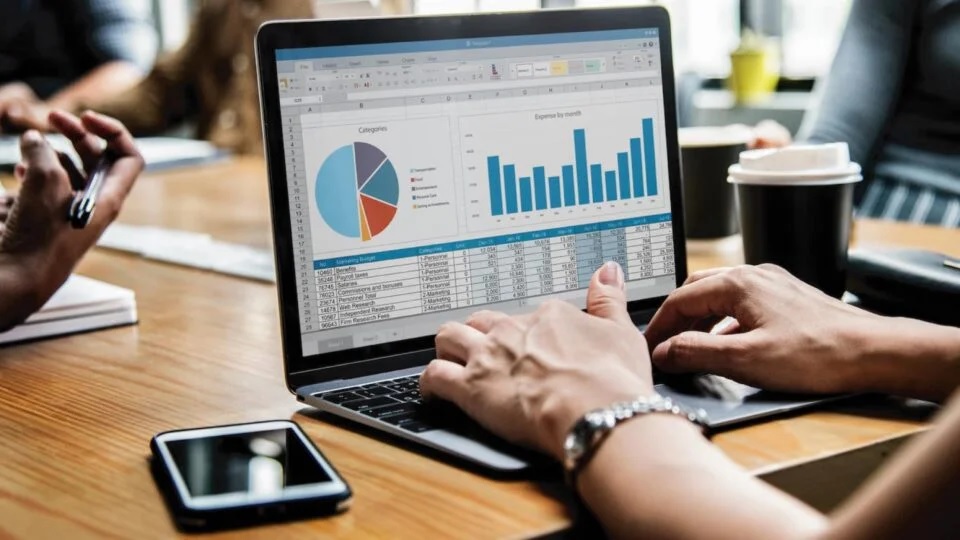As we close out 2024, the pace of data visualization innovation will continue to accelerate. For B2B businesses, the ability to transform complex data into actionable insights is now a necessity rather than a luxury. Central to this evolution is Artificial Intelligence, which is reshaping dashboards and data visualizations to enable organizations to make faster, more impactful decisions. Looking ahead, 2025 is set to be a defining year for large language models (LLMs), real-time analytics, and advanced machine learning algorithms that will elevate AI-driven data visualizations. Here’s a toolkit and strategy guide to make your data dashboards shine while preparing you for the future.
The Evolution of Data Visualization: From Static to Smart
In 2024, data visualization has advanced from static, traditional dashboards to dynamic, AI-driven dashboards capable of generating real-time insights. Organizations are moving beyond basic charts and graphs, leveraging machine learning and AI tools for visualizations that predict needs, offer personalized data views, and integrate seamlessly with business operations.
This shift enables real-time, accurate, and accessible data visualizations. AI allows for automated insights, with natural language generation (NLG) tools simplifying complex data for easier comprehension. Organizations now have interactive, customizable dashboards featuring KPIs, trends, and forecasts that are quick to interpret and act on.
Building Your 2024 AI Data Visualization Toolkit
As 2025 approaches, companies need AI-powered tools to create advanced data dashboards. Here’s what should be in your toolkit for exceptional visualizations:
Real-Time Data Processing and Analysis Tools
Real-time data is now central to decision-making, allowing companies to bypass weekly or monthly reports for immediate insights. In 2024, AI engines process live data streams instantly, enabling faster, more responsive actions. Enhanced platforms like Power BI, Tableau, and Looker now perform real-time analyses on live data, detecting anomalies, identifying key insights, and even suggesting actions. This agility boosts customer experiences, optimizes operations, and supports rapid, insight-driven decisions.
Predictive Analytics and Forecasting Algorithms
Predictive analytics, powered by machine learning and AI, enhances an organization’s ability to anticipate trends. By analyzing historical patterns, AI-enabled dashboards forecast behavior, sales fluctuations, and potential market shifts. As 2025 approaches, forecasting with AI is becoming critical. Tools like Google Analytics, IBM Watson, and Microsoft Azure employ powerful algorithms to deliver data-driven predictions, such as forecasting customer demand or predicting churn. AI-driven forecasting enables organizations to stay ahead of changes rather than reacting to them.
To Know More, Read Full Article @ https://ai-techpark.com/2025-ai-data-visualization-toolkit-for-b2b/
Related Articles -





